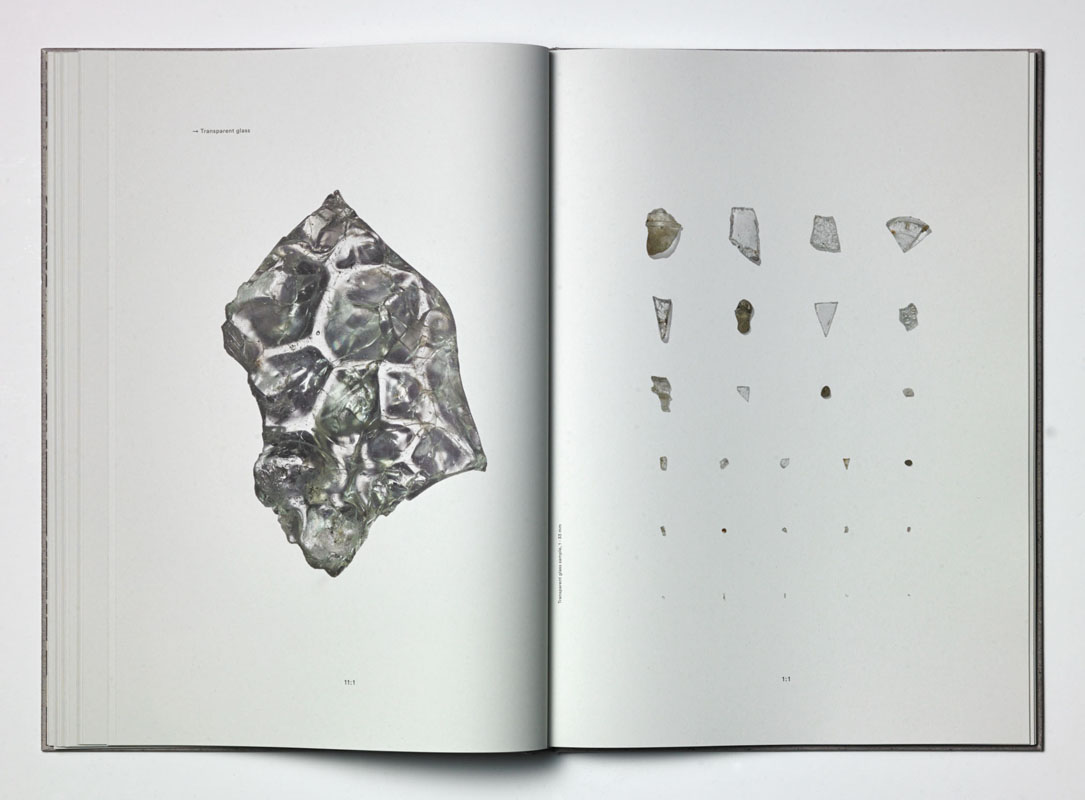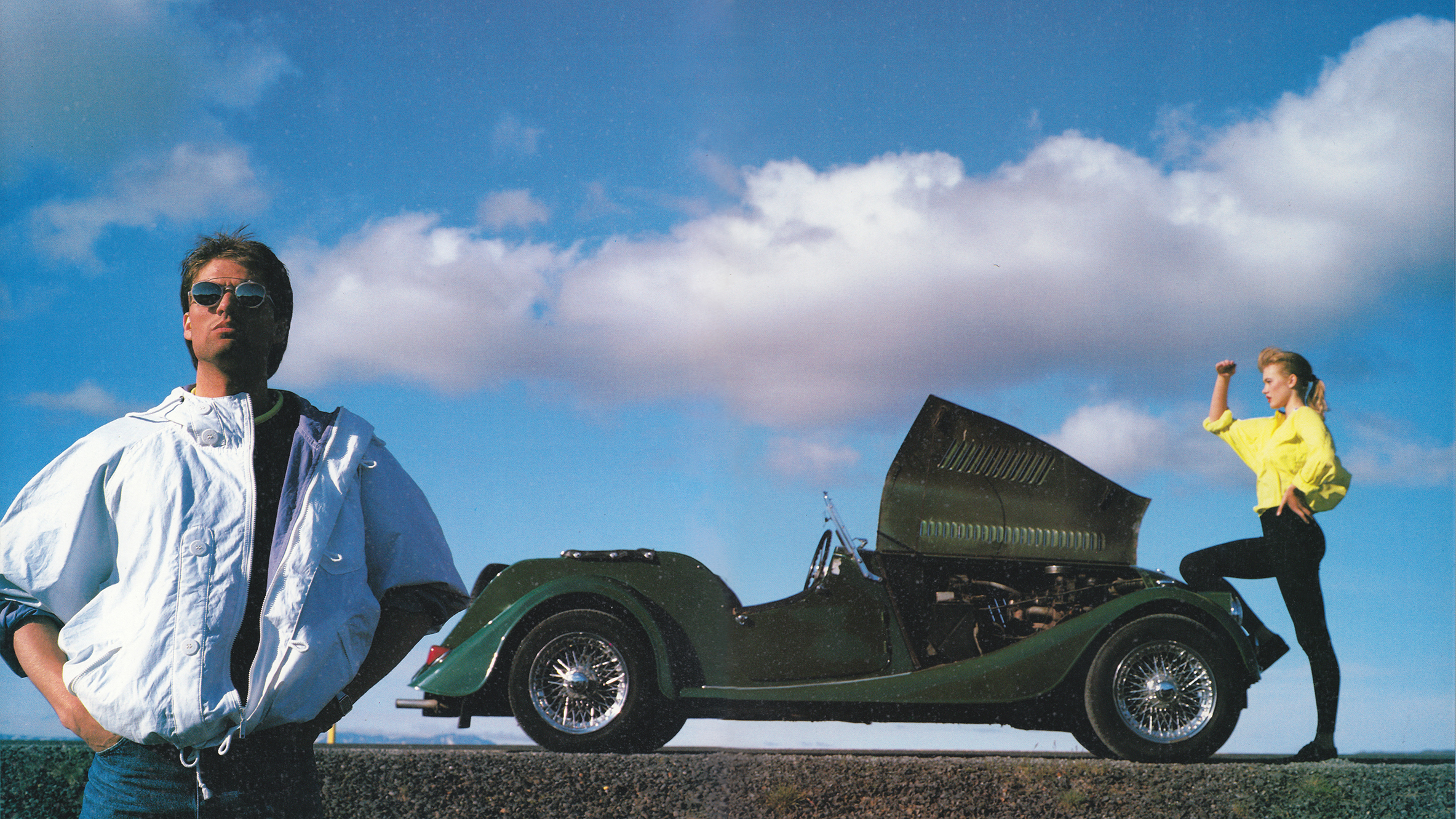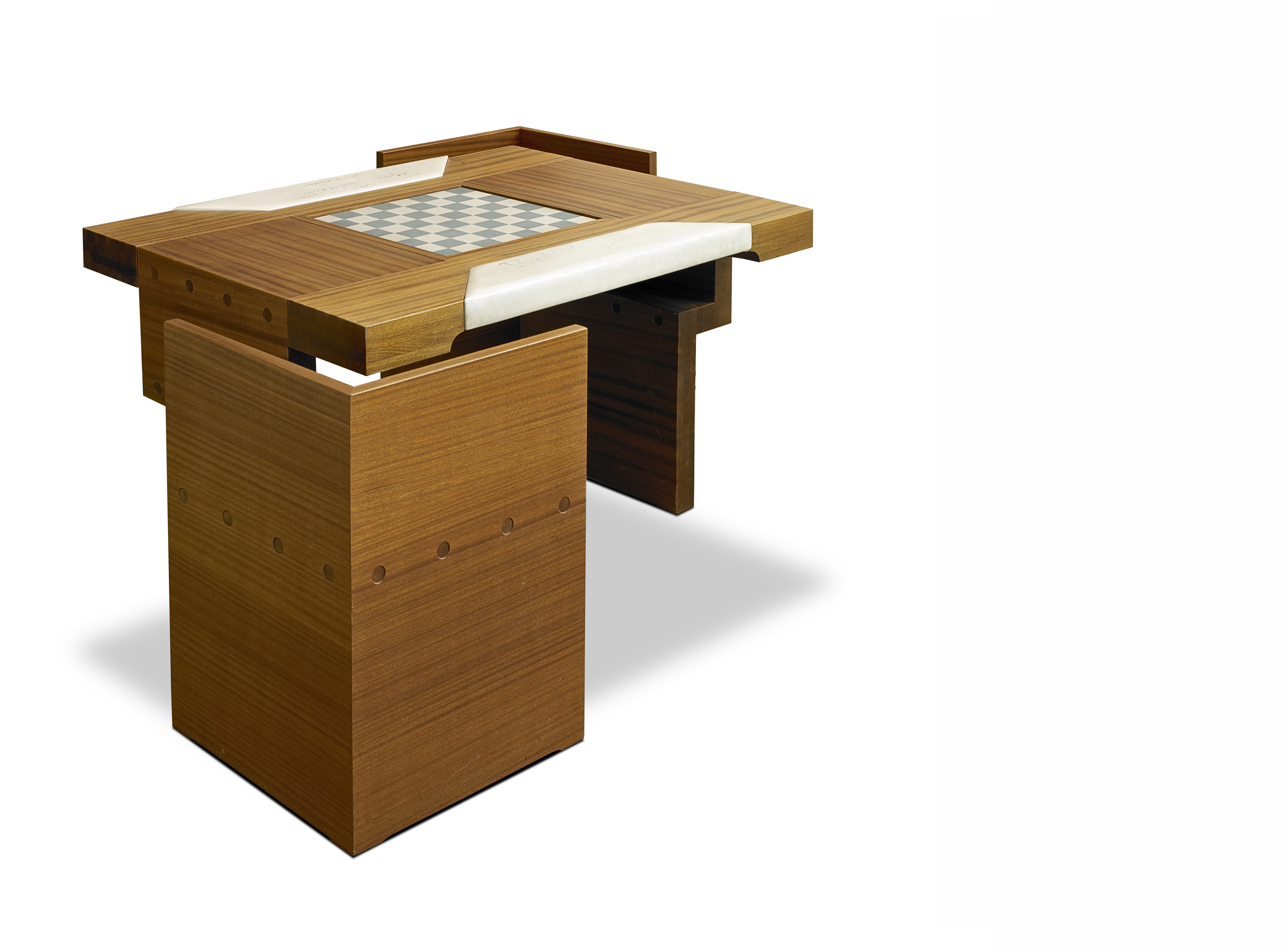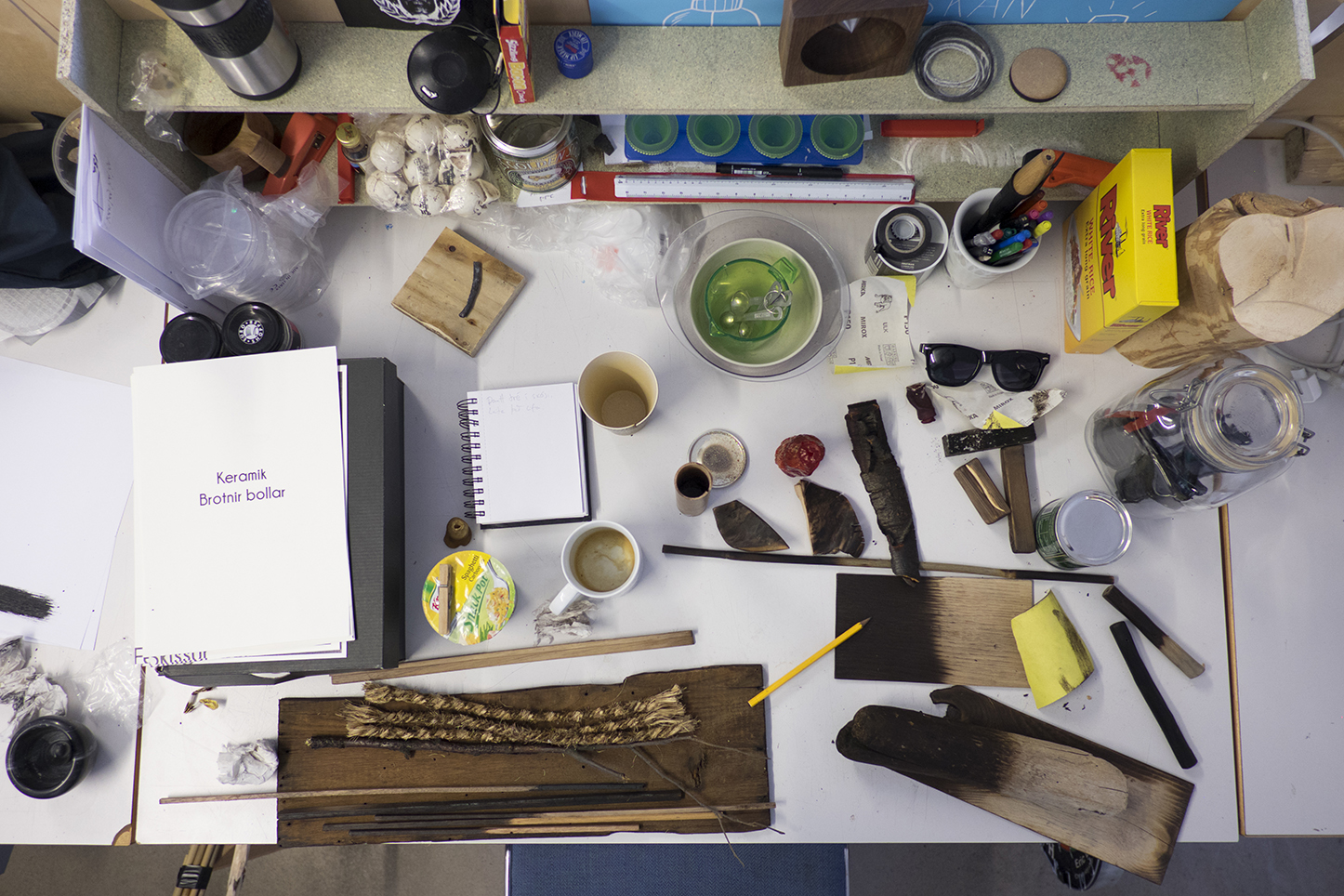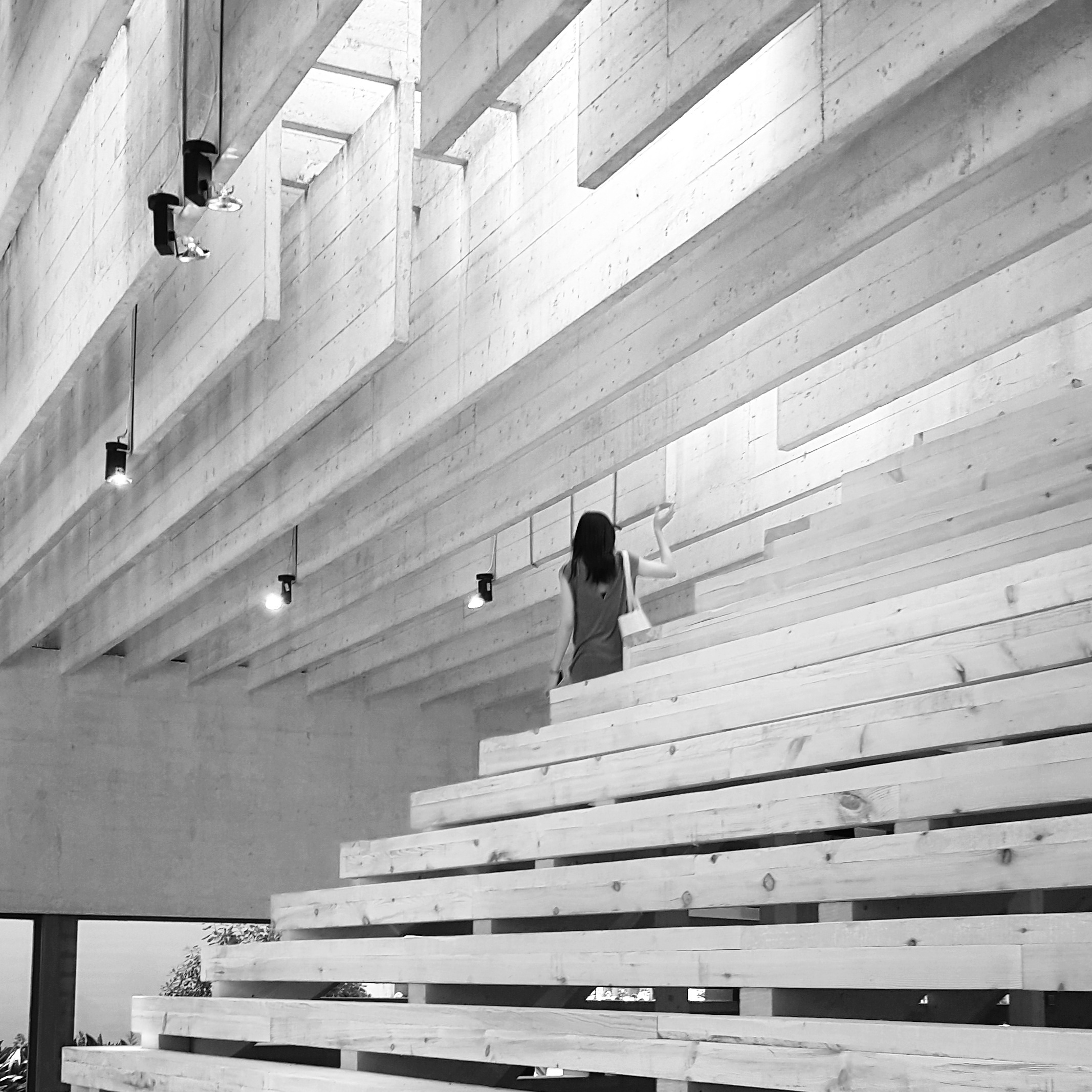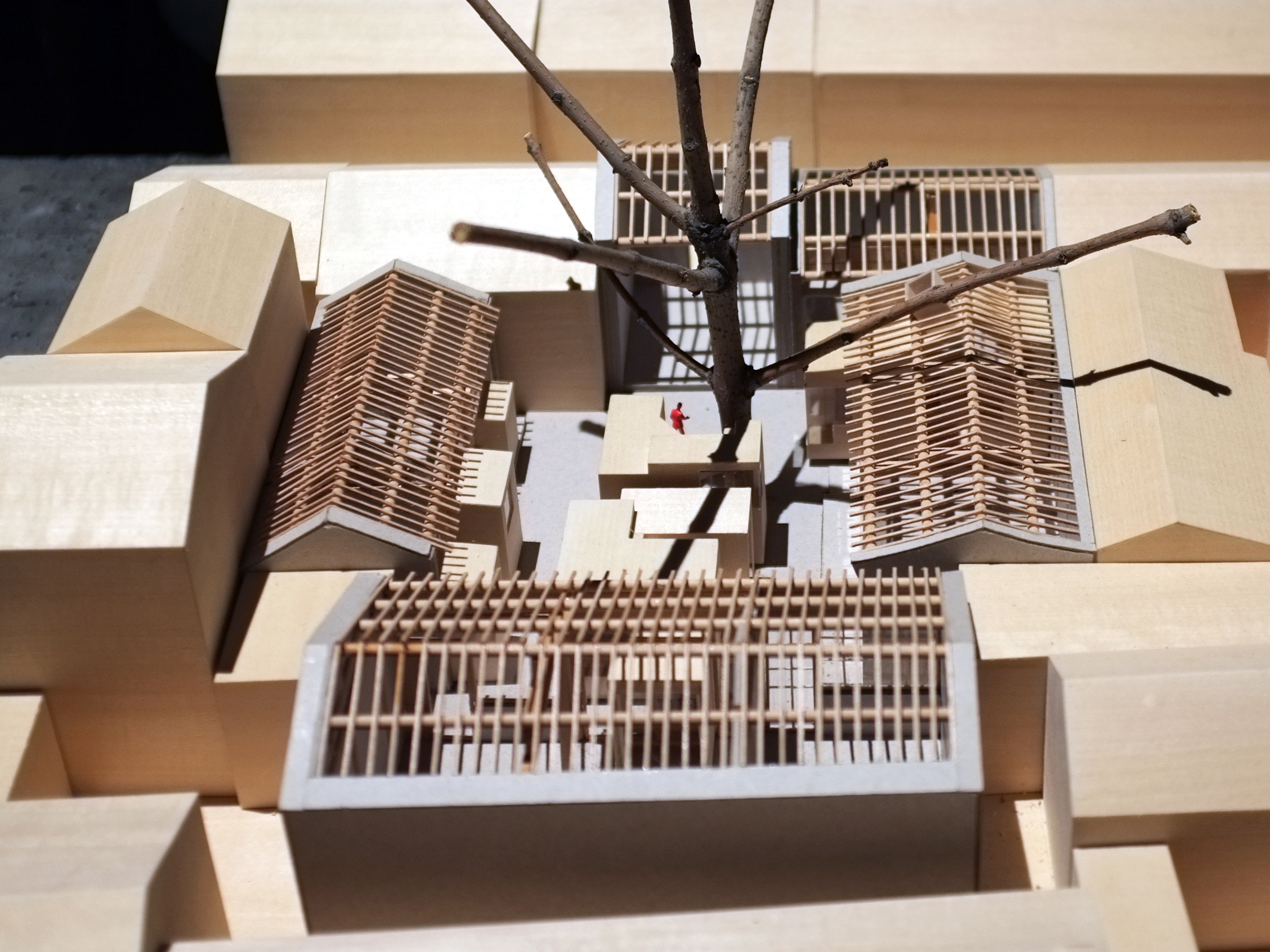DesignTalks 2017 Spotlight
—
Alexander Taylor
In our DesignTalks Spotlights, we’re going into the Who, What, When, Where, and Why of what you should know about each of our DesignTalks speakers and why we are so excited about their work. We covered Christien Meindertsma in our first post, which you can read here. Next up, Alexander Taylor: Who? Alexander Taylor is a British industrial designer and leader of Alexander Taylor Studio, an industrial design studio that creates diverse products ranging from furniture and lighting to footwear. The London based studio was established in 2002 and has a strong focus on research and development of manufacturing techniques, material process, and technical collaboration. What have they done? What are they doing now? Experimenting with material processes and explorative collaborations, the studio has created successful products for companies such as Hunter, Established & Sons, Adidas and more. Fold lamp, first released in 2005 by Established & Sons, launched Taylor’s career. A small lamp folded from a single sheet of metal and accented with a brightly colored braided cord, Fold cleverly paired an innovative new manufacturing technique with the …

